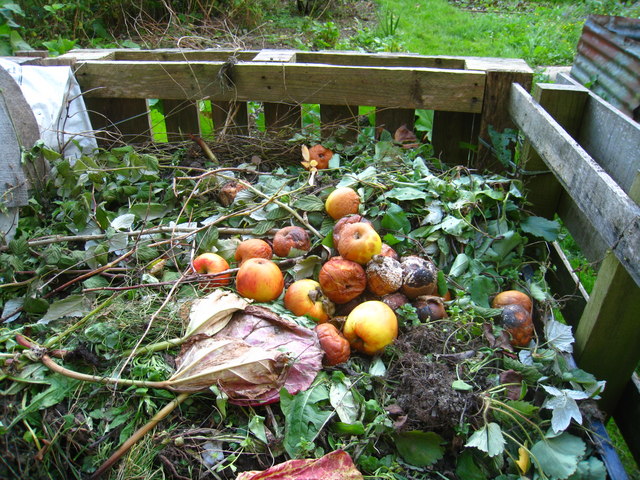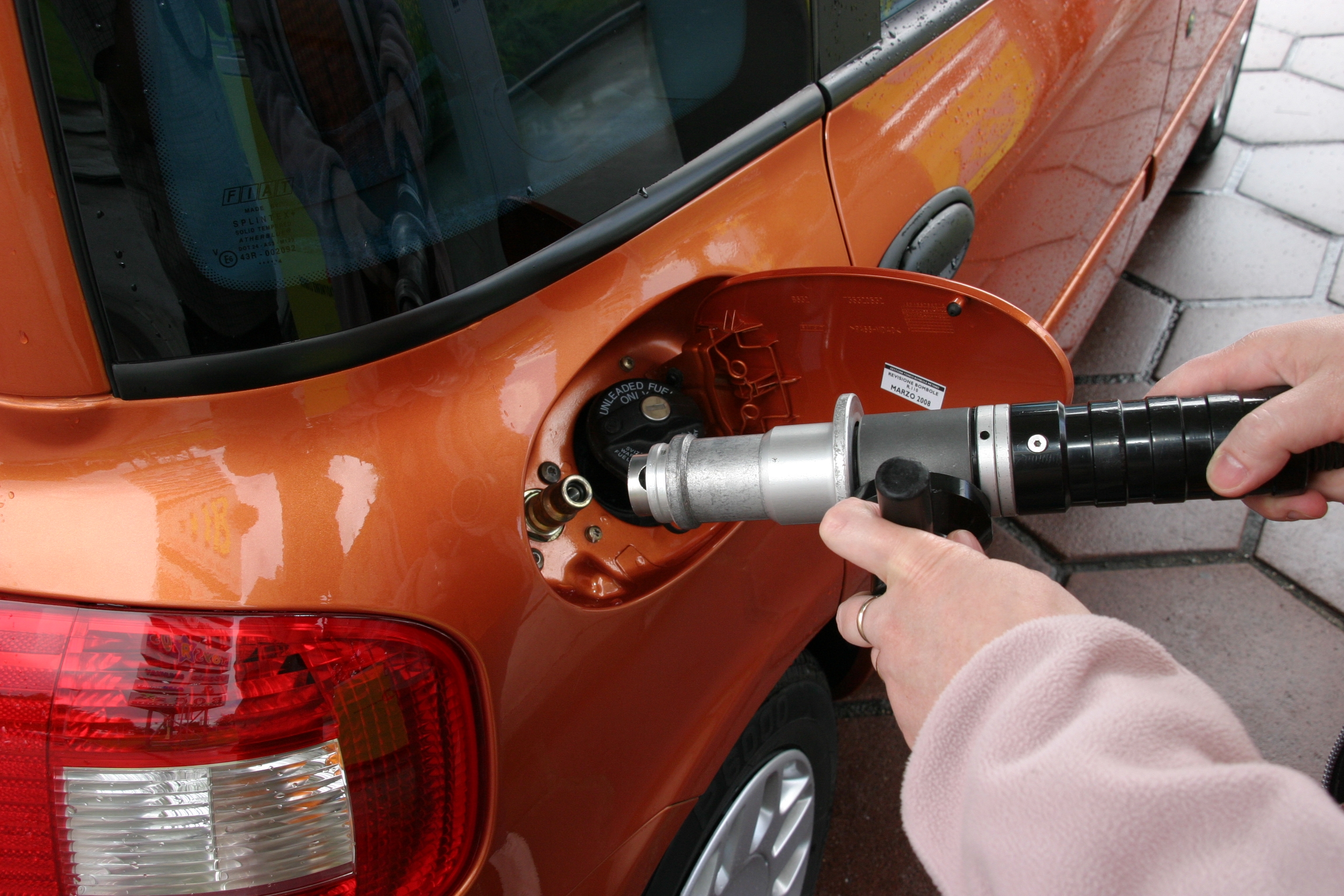Digestive system
Image: 

Image link: https://en.wikipedia.org/wiki/Digestion
Body system function: The function of the digestive system is to help you eat and digest your food. Once food gets into your mouth a process called mechanical digestion which helps turn your food into pulp. Then at that moment your body releases enzymes which then start another process called chemical digestion.
Organs: Some organs that are in the digestive system are the mouth, the esophagus, the stomach, the small intestine, the liver, and the large intestine. First when you eat food your mouth breaks down the food with saliva which has enzymes that help break down the food. Then the food goes down the esophagus which helps the food travel to the stomach. Although all it does is help food get to the stomach it also prevents food from getting into your windpipe. There's something called the epiglottis is like a flap which flaps down to make sure the food goes in the esophagus and not the windpipe. After the food goes to the stomach which also breaks down food but breaks it down so it's a liquidy mixture. The walls of the stomach help it because the walls provide gastric juices to help break down the food. Once the food is a liquidy mixture it goes to the small intestine. The small intestine also breaks down food but just enough so you can absorb all the protein, vitamins, minerals, and carbohydrates. There are also 3 other organs that help the small intestine with its job the pancreas, liver, and gallbladder. The job of the pancreas is to create juices that help digest fats along with proteins. Then the job of the liver is to create a juice called bile which helps you to absorb fats into the bloodstream. The gallbladder works closely with the liver because it stores the bile until the body is in need of it. Soon after there is the large intestine which takes all of the juices your body doesn't use but it's also one more chance to absorb some minerals and water. Lastly all the juices your body doesn't need is turned into waste (poop or pee). The large intestine has help from something called the rectum. When you go to the restroom the waste then travels to something called an anus which results in all the waste going in the toilet.
Sources:
One organ function: I think the stomach is an important organ because it helps digest your food until it's a liquid. It helps the other organs so it's easier to absorb the protein and nutrients that was in the food. The inside of the stomach releases something called enzymes which breaks down the food into a liquid.
Organs: Some organs that are in the digestive system are the mouth, the esophagus, the stomach, the small intestine, the liver, and the large intestine. First when you eat food your mouth breaks down the food with saliva which has enzymes that help break down the food. Then the food goes down the esophagus which helps the food travel to the stomach. Although all it does is help food get to the stomach it also prevents food from getting into your windpipe. There's something called the epiglottis is like a flap which flaps down to make sure the food goes in the esophagus and not the windpipe. After the food goes to the stomach which also breaks down food but breaks it down so it's a liquidy mixture. The walls of the stomach help it because the walls provide gastric juices to help break down the food. Once the food is a liquidy mixture it goes to the small intestine. The small intestine also breaks down food but just enough so you can absorb all the protein, vitamins, minerals, and carbohydrates. There are also 3 other organs that help the small intestine with its job the pancreas, liver, and gallbladder. The job of the pancreas is to create juices that help digest fats along with proteins. Then the job of the liver is to create a juice called bile which helps you to absorb fats into the bloodstream. The gallbladder works closely with the liver because it stores the bile until the body is in need of it. Soon after there is the large intestine which takes all of the juices your body doesn't use but it's also one more chance to absorb some minerals and water. Lastly all the juices your body doesn't need is turned into waste (poop or pee). The large intestine has help from something called the rectum. When you go to the restroom the waste then travels to something called an anus which results in all the waste going in the toilet.
Sources:
Interactions with other systems: The digestive system works with the circulatory system, the endocrine system, and the excretory system. The circulatory system helps absorb the nutrients that your body needs. Then the endocrine system helps how fast the process of digesting goes in the digestive system. Lastly the excretory system is like a filter that takes compounds from your blood stream which results them in becoming urine (pee). The excretory system also helps control the amount of water that's in your body.
Sources:
Analogy
Analogy picture:
image link: http://www.geograph.org.uk/photo/2181314
Analogy explanation: Composting is just like the digestive system because there's bacteria in the composted food that breaks it down. In the digestive system there's enzymes which breaks down the food you eat. Then the plants that get the compost absorb the nutrients from the soil that was from the composted food. In you body the digestive system also absorbs the proteins and nutrients just like how plants absorb the nutrients from the soil.
Redesign: To make the digestive system better by when you eat a lot you don't have to puke. We could make it better by helping it digest faster. If the digestive system digested food faster if you're about to puke the digestive system can have an emergency supply of energy that helps it digest faster. This way you don't have to go through the mess of cleaning your shirt and you can finish your food in peace.
All Sources in total:
Analogy picture:

image link: http://www.geograph.org.uk/photo/2181314
Analogy explanation: Composting is just like the digestive system because there's bacteria in the composted food that breaks it down. In the digestive system there's enzymes which breaks down the food you eat. Then the plants that get the compost absorb the nutrients from the soil that was from the composted food. In you body the digestive system also absorbs the proteins and nutrients just like how plants absorb the nutrients from the soil.
Redesign: To make the digestive system better by when you eat a lot you don't have to puke. We could make it better by helping it digest faster. If the digestive system digested food faster if you're about to puke the digestive system can have an emergency supply of energy that helps it digest faster. This way you don't have to go through the mess of cleaning your shirt and you can finish your food in peace.
All Sources in total:

.jpg)






